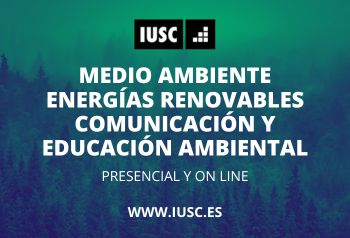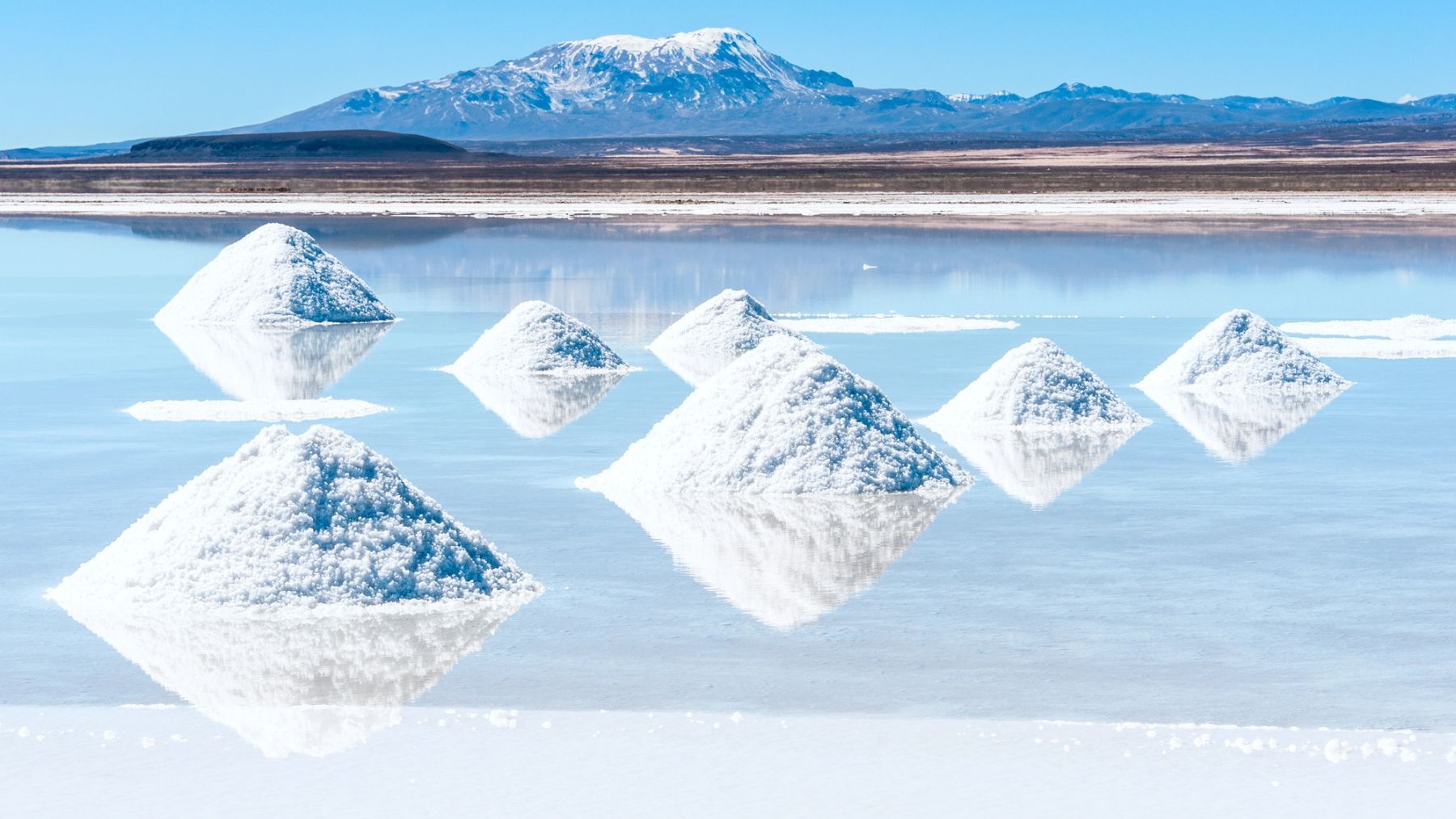Spain still don’t know hydrogen while another country even produces it in powder form. The appearance of this news resonates as much as the discovery of the largest hydrogen mine on earth. In the midst of the energy transition, H is hailed as one of the key vectors for fossil fuel decommissioning.
It can be used to store and export renewable energy between countries. Spain It is one of the areas most committed to exporting green H to the rest of the country Europe. Moreover, it wants to do this with a corridor of hydrogen power stations that are connected to each other via gas pipelines: the famous one H2Med.
However, it faces a major challenge: transportation. When present in the gas version, it is flammable and difficult to handle in large quantities due to its limited density. Compressing or liquefying them would be a viable option, but comes with high energy and economic costs.

Another affordable and safe option is to use sodium borohydride powder as a carrier, but this alternative is not usually used because the byproduct left in the process (sodium metaborate) is difficult to recycle.
Australia is an important player in the H export market thanks to its public and private investments. The country plans to generate and export significant amounts of green H to the international market by 2030. Moreover, it wants to become a natural hydrogen extraction force.

The state of Australia Meridional It is called crusted on a cracked block Gawler Cratonwhose iron and uranium mines produce millions of tons of free H.
Australia beats Spain in hydrogen: it produces it in powder form
To achieve this goal, Australia has found an economical method to reduce the hydrogen powder. There is no other option than to move the H across the sea. There are already specialized ships to transport liquid H, although it is more common to use refrigerated ships to transport ammonia and other liquid organic carriers, which then release the hydrogen with chemical reactions.
Now a group of Australian researchers have gone where no one else has gone. Investigating improvements in H transport, they found a catalyzed chemical process that can quickly and economically convert sodium metaborate to sodium borohydride, as mentioned above.
He Kotai Hydrogen Projectoriginated in the John Curtin Universityaims to reduce H’s production and transportation costs to “be the cheapest means of export hydrogen from Australia” according to those who found it.
It should be noted that one ton of ammonia can be used to obtain 178 kg of ammonia hydrogenbut one ton of sodium borohydride yields 213 kg hydrogen add water. The key point of this system is that the resulting sodium metaborate can be charged via proprietary electrolyzers to create sodium borohydride 20 times cheaper.
Hydrogen powder, the definitive means of transporting hydrogen that could reach Spain
This idea was supported by the startup Kotai energywhich gave the project its final name. Moreover, it is supported by a grant from Arena, the Australian Renewable Energy Agencywhich has allocated approximately $5 million to continue development.
The technology used in this proposal had been explored some time ago, specifically in the 1940s. Through chemical processes, they reduced hydrogen to a white powder to make it easier to transport at room temperature.
With new research underway, this method of transportation hydrogen could achieve Spainone of the countries most involved in this energy vector. In the meantime, enjoy the discovery of hydrogen in a natural state underground, whose outlet could be on Spanish territory.

